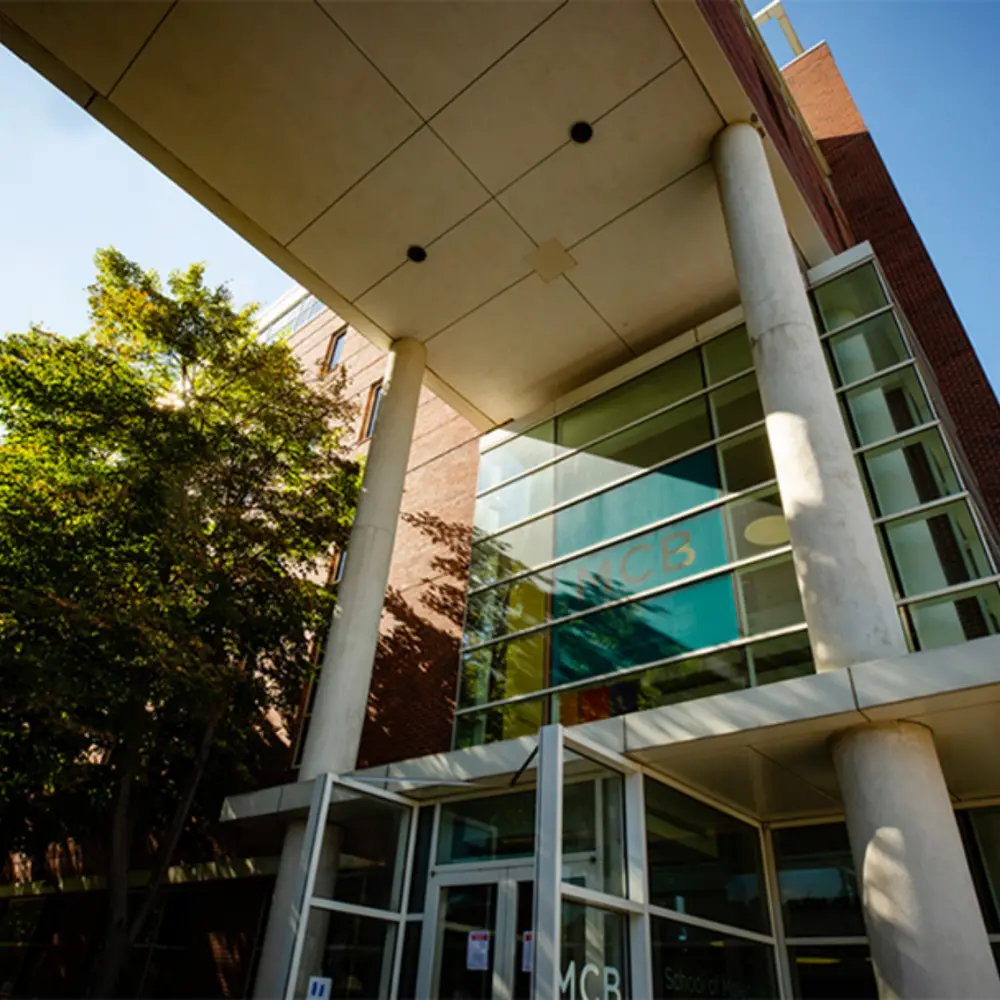
Sexually reproducing organisms require gametes for the perpetuation of life and transmission of genetic information between generations. Male gametes, or sperm, arise from a dedicated population of stem cells known as spermatogonial stem cells (SSCs). Understanding the mechanisms of SSC maintenance can have important implications for understanding germ cell tumors and infertility. In a recent set of studies, members of the Newmark lab identify two molecules required for SSC maintenance.
In a study published in PLoS Genetics, graduate student Harini Iyer and colleagues show that the transcription factor Nuclear Factor Y-B (NF-YB) is required for SSC proliferation in planarians as well as in Schistosoma mansoni, a parasitic flatworm related to the free-living planarian and a causative agent of the disease schistosomiasis. Since reproduction plays a crucial role in the life cycle of these parasites, identification of molecules required for parasite germ cell production can open new avenues for combating this major neglected tropical disease. Read the full article here.
In a different study, Iyer et al. functionally characterize planarian homologs of the gene boule. Boule belongs to a family of RNA binding proteins known to play an important role in human infertility. In this study, published in PNAS, the authors find that unlike other invertebrate boule homologs, a planarian boule is required for SSC maintenance. Intriguingly, this early germ cell function is similar to that of the vertebrate representatives of this gene family. The planarian is therefore a tractable invertebrate model system for understanding the germ cell functions of genes conserved between planarians and vertebrates. Read the full article here.